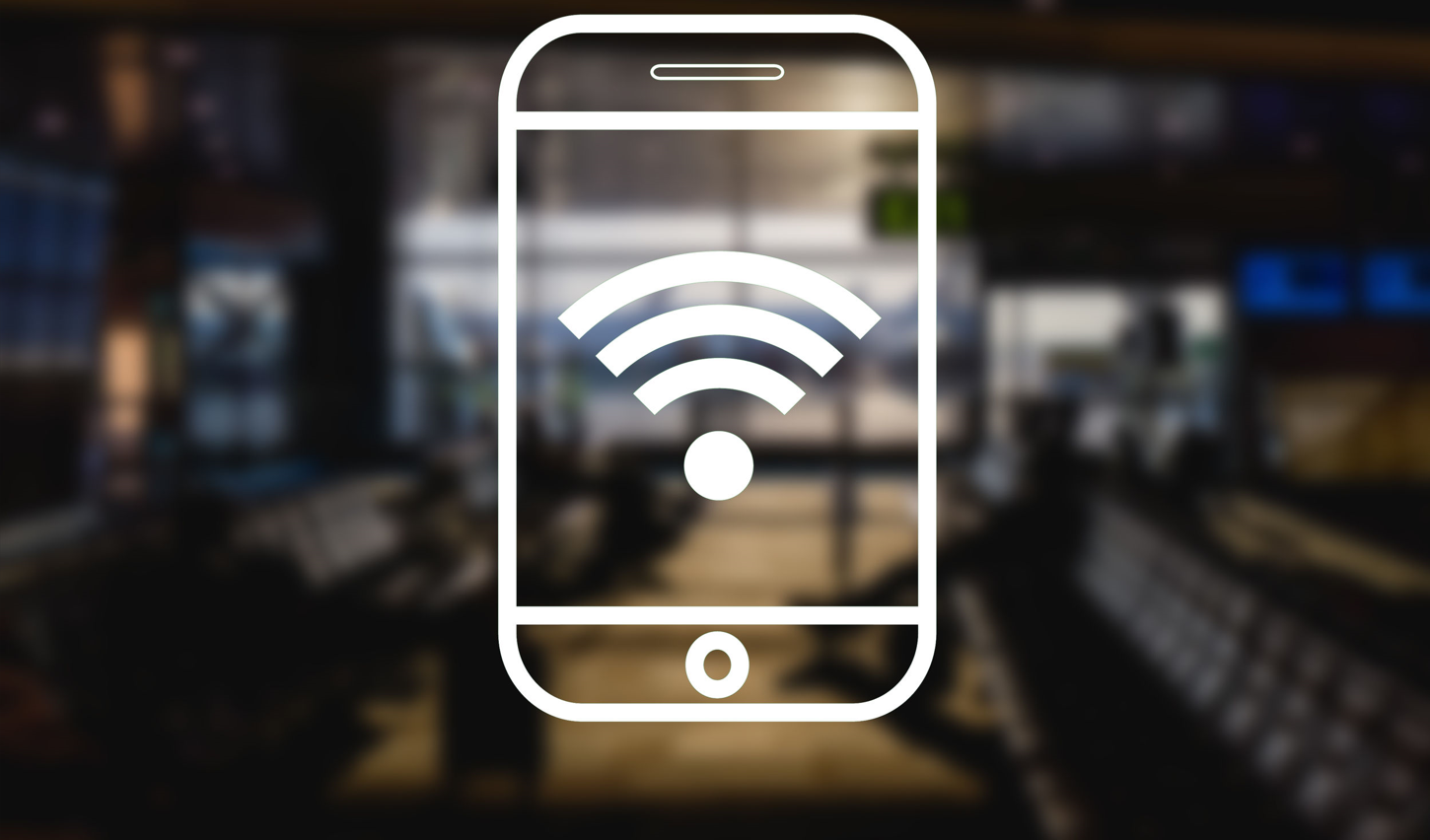As more and more of our digital lives are carried out on mobile devices, tablets and laptops, using public Wi-Fi hotspots has become more common.
Whether in an airport lounge, coffee shop, or town centre, Wi-Fi hotspots are popping up everywhere. Still, there are important security considerations you should be aware of before signing in.

- Any Wi-Fi network that does not require a password is NOT secure.
- You're still potentially at risk even if you trust the organization running the hotspot.
Even if you are confident that the organization running the hotspot can be trusted, you can never be sure about other people using the service. Someone on the same network can see what you are doing or intercept usernames and passwords, so do not assume you are safe just because you know who's running the network.
- Turn off network sharing.
When at home on your private Wi-Fi networks, you can set your devices to share files with others on the same network. But if you move to a Wi-Fi hotspot, make sure you disable network sharing – otherwise, you could be granting anyone access to anything on your device.
- Use 'HTTPS' where possible when browsing.
Most website addresses start with 'HTTP'. When you enter details onto a site like this on a Wi-Fi network, data is sent in plain text, meaning it could be intercepted. However, web addresses that start with 'HTTPS' – where the 'S' stands for secure – encrypt data passed from your computer to the network, so it's safe. Many sites, such as Gmail or Facebook, will use HTTPS automatically – but always check before entering sensitive or confidential information.
The graphic below outlines the type of attack public Wi-Fi networks leave users exposed to :

Interested to learn more? Carry on reading our cybersecurity tips and best practices.